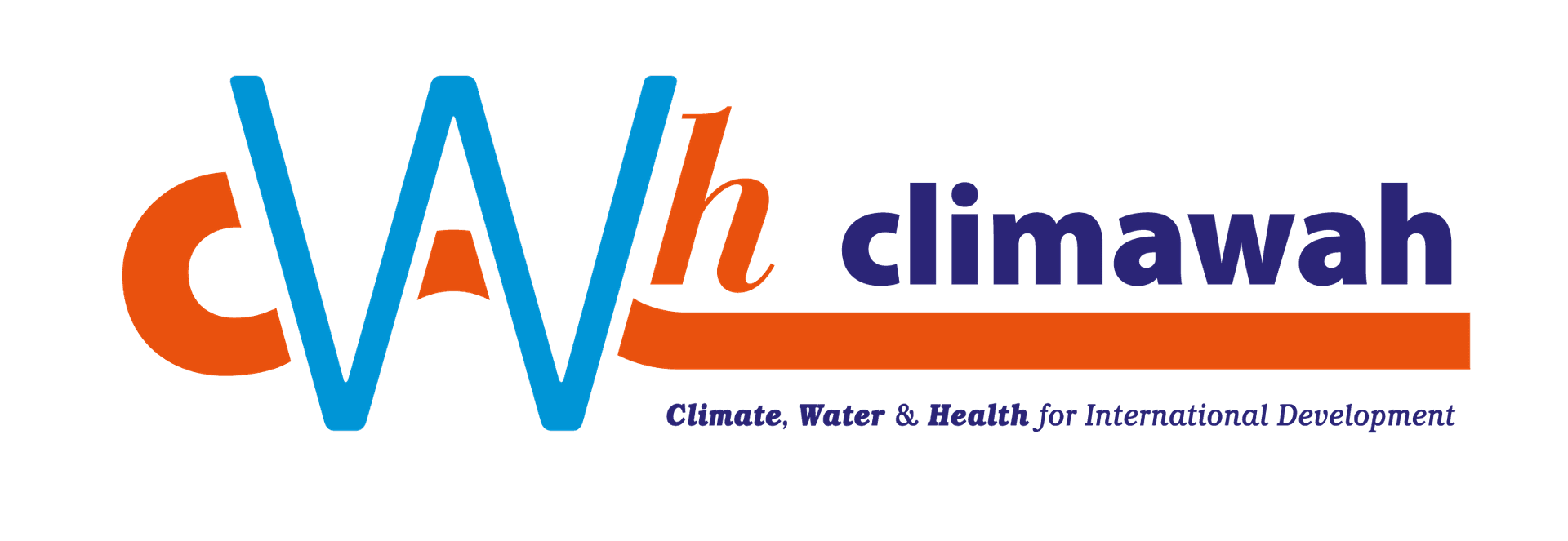Research Prioritization and Gap Analysis
- We leverage our experience in managing large-scale research initiatives to identify and prioritize research needs for climate-water-health interventions.
- We conduct comprehensive gap analyses with stakeholders to pinpoint existing research gaps and formulate precise, pragmatic directives for the scientific and medical community and policymakers.
Guiding Strategic Investments in Climate-Water-Health Economics Research
ClimawaHealth's research prioritization and gap analysis service provides a rigorous and systematic approach to identifying the most critical research needs in the field of climate-water change and health economics. We help funding agencies, research institutions, and policymakers strategically allocate resources to research that will have the greatest impact on protecting public health and building climate resilience.
Why is Research Prioritization and Gap Analysis Essential?
The field of climate-water change and health economics is rapidly evolving, with a growing need for evidence-based solutions. In a landscape of limited resources, it is crucial to strategically focus research efforts on the most pressing and under-addressed areas. Research Prioritization and gap analysis help to:
Identify Critical Knowledge Gaps
Pinpoint the areas where research is lacking and where more evidence is needed to inform effective interventions.
Prioritize Research Needs
Determine which research questions are most urgent and have the greatest potential to improve health outcomes.
Avoid Duplication of Effort
Ensure that research efforts are not duplicated and that resources are used efficiently.
Inform Funding Decisions
Provide evidence-based recommendations to funding agencies about where to invest their resources.
Guide Research Agendas
Help research institutions and individual researchers focus their efforts on the most important and impactful topics.
Accelerate Innovation
Foster the development of new and innovative solutions to address climate-water-related health challenges.
What Does Our Research Prioritization and Gap Analysis Service Involve?
Our approach is systematic, transparent, and participatory. We use a variety of methods and tools to conduct research prioritization and gap analysis, including:
Landscape Review
Conducting a comprehensive review of the existing scientific literature, policy documents, and relevant databases to identify the current state of knowledge in the field.
Mapping the existing research landscape to identify areas where research is concentrated and areas where it is lacking.
Stakeholder Consultation
Engaging with key stakeholders, including researchers, policymakers, healthcare providers, community leaders, and affected populations.
Soliciting their perspectives on the most pressing research needs and priorities.
Using methods such as surveys, interviews, focus groups, and workshops.
Delphi Process
Using a Delphi process to gather expert opinions on research priorities.
This involves circulating questionnaires to a panel of experts and iteratively refining their responses until a consensus is reached.
Bibliometric Analysis
Conducting bibliometric analysis of scientific publications to identify trends and patterns in research activity.
Using metrics such as citation counts, co-authorship networks, and keyword analysis.
Gap Mapping
Visually representing the identified research gaps using gap maps.
This helps to illustrate the areas where more research is needed.
Prioritization Framework Development
Developing a framework for prioritizing research needs based on criteria such as:
- Public health impact
- Feasibility
- Equity
- Innovation potential
- Policy relevance
Specific Areas Where We Can Conduct Research Prioritization and Gap Analysis:
Climate-Water Change and Infectious Diseases: Identifying research needs related to the impact of climate-water change on the emergence, spread, and control of infectious diseases. Climate-Water Change and Mental Health: Prioritizing research on the psychological and social impacts of climate-water threats. Climate-Water Threats and Food Security: Identifying research needs related to the impact of climate-water change on food production and nutrition. Climate-Water Threats and Associated Resources: Prioritizing research on the impact of climate-water threats on water availability and quality. Hydroclimate Change Adaptation Strategies: Identifying research needs related to the development and evaluation of effective adaptation strategies.

